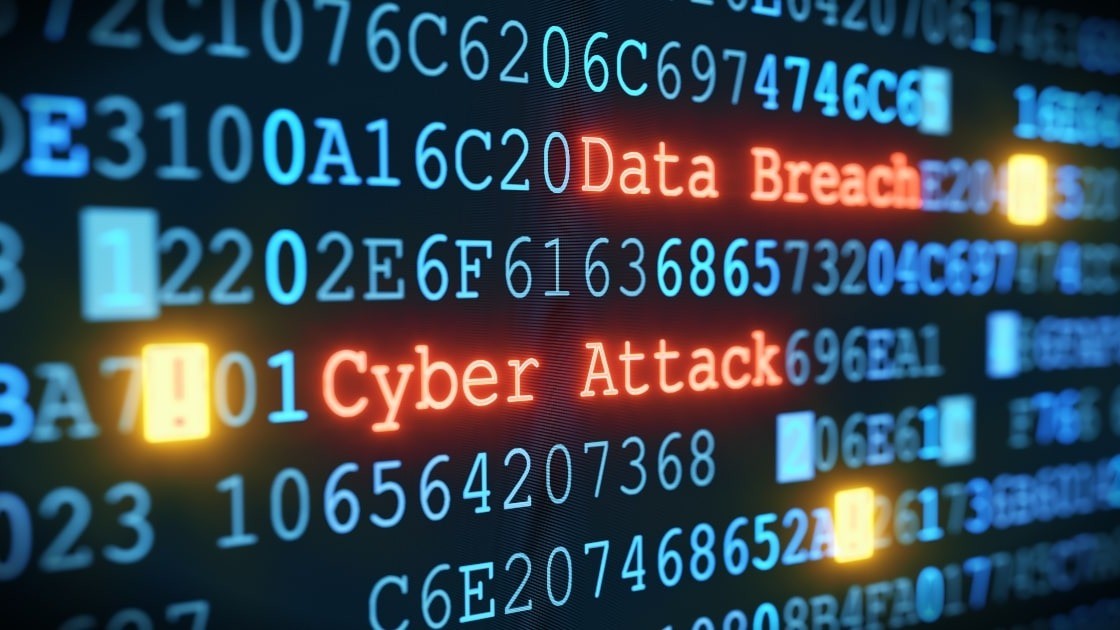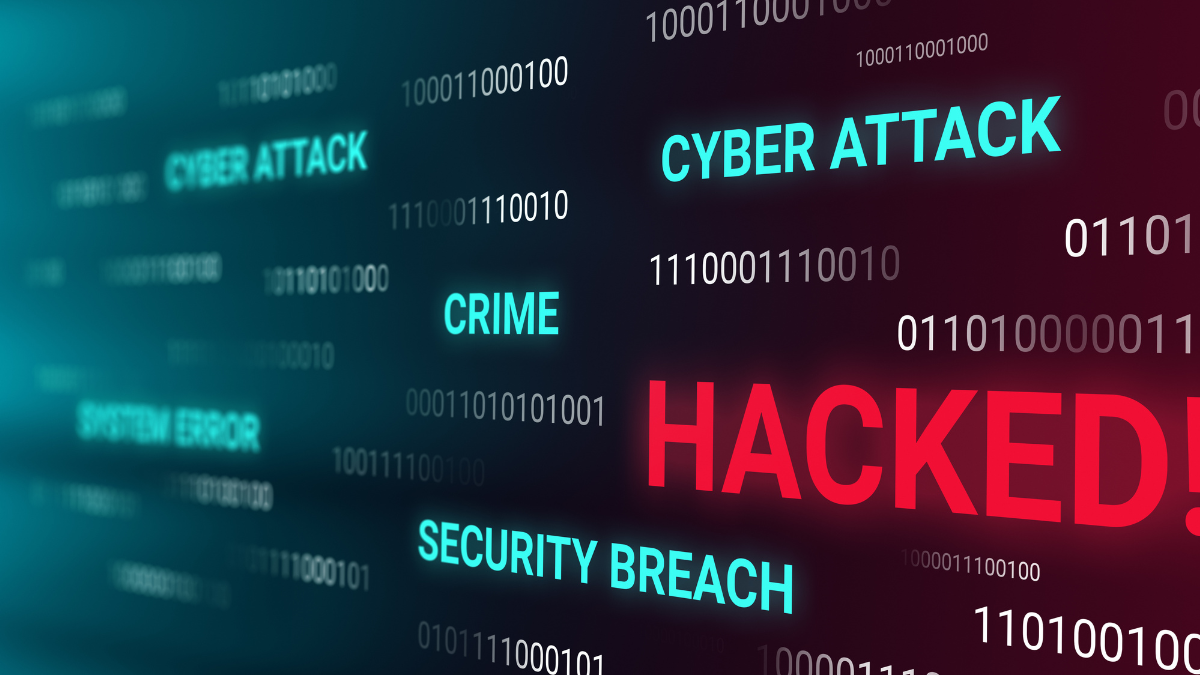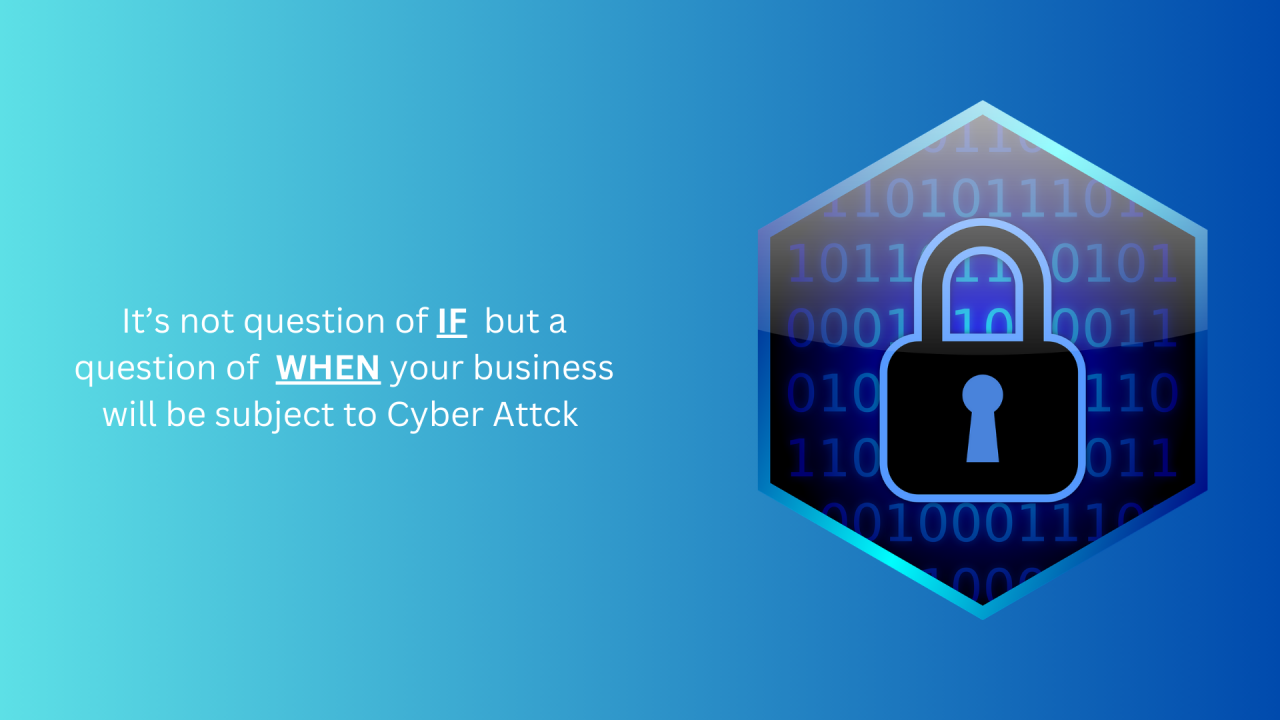A security breach occurs when an unauthorised individual gains access to a company’s data, systems, or networks by bypassing established security measures. This access can lead to the theft, exposure, alteration, or destruction of sensitive information which includes customer data, financial records, intellectual property, or internal communications.
Tell your manager
When a cybersecurity breach is suspected, immediate action is critical. The first step is to power down the affected device and disconnect it from the network to contain the threat and prevent it from spreading to other systems. This isolation limits further unauthorised access and data loss. Next, report the incident immediately to your office manager, operations lead, or compliance officer. These individuals are equipped to coordinate with the IT team for proper verification, impact assessment, and response. Prompt action at this early stage helps protect your organisation’s data, minimise damage, and support a faster recovery from the breach.
Report to regulatory bodies
Once the immediate threat has been contained, the next critical step is to report the breach to the relevant regulatory bodies. This may include the Information Commissioner’s Office (ICO) in the UK or your country’s equivalent data protection authority. While regulators won’t tell you how to handle every step, they will make it clear if you’re falling short of your legal and compliance obligations. Timely reporting is not just a best practice, it is often a legal requirement, especially if personal or sensitive data has been compromised. Early notification can also demonstrate your organisation’s commitment to transparency and accountability, which can mitigate reputational damage and regulatory penalties. Delays or failure to report can result in serious consequences.
The next step
You must inform any affected individuals, whose personal data may have been compromised. This should be done promptly, with clear information on what happened, what data was affected, and how they can protect themselves. Simultaneously, work with your IT and compliance teams to investigate the breach, patch vulnerabilities, and strengthen defences. Document all actions taken, as this will support both regulatory compliance and internal accountability moving forward.
Learn from your mistakes or be doomed to repeat them
A cyberattack teaches that no organisation is immune. The key lesson is to never underestimate the importance of basic cyber hygiene, staff awareness, and swift incident response. It highlights the need for continuous monitoring, regular updates, and a clear security framework like Cyber Essentials to prevent future breaches and build a more resilient, security-conscious business culture.
The Lanix Cyber Security Team champions prevention over cure, guiding all clients toward Cyber Essentials certification. This proactive step helps safeguard businesses against common cyber threats, reducing risk and protecting them from potentially disastrous cyberattacks.
For assistance with network security, please contact the Lanix Cyber Security Team at cyber@lanix.co.uk.




